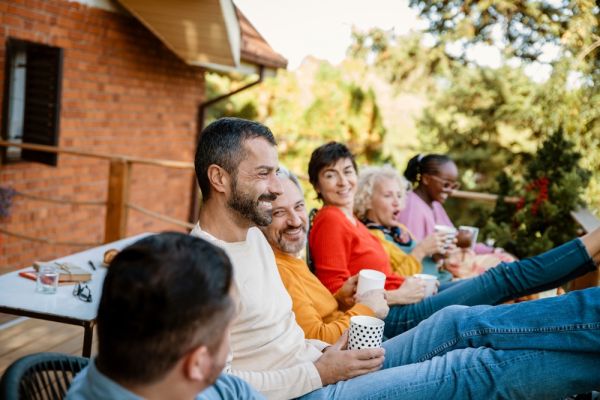Therapy
Acceptance : An Introduction to Therapeutic Factors
Trusting others and being safe are central to members' feelings of acceptance.
Posted January 19, 2011
Irving Yalom (1995) has advanced perhaps the most comprehensive study of group psychotherapy research, including the formulation of a solid theoretical rationale for the use of group psychotherapy, extensive outcome research, and the delineation of therapeutic factors, that is, those components which actually account for patient improvement. Although many researchers have contributed to the field, the impact of Yalom's work has been felt throughout clinical and academic circles.
Therapeutic factors are components of group therapy which emerge during the group process. They are the specific components which benefit a member's condition. A therapeutic factor is the result of actions by the group facilitator, the members, and/or the individual himself. Yalom outlined and studied eleven of these factors; students of his (Bloch & Crouch) have defined additional factors as well. Generally speaking, the more these factors are present in a group, the more therapeutic power the group has. The facilitator's job is to activate and facilitate the emergence of these factors. Of all the therapeutic duties the facilitator must perform, assisting the emergence of therapeutic factors is perhaps the most critical. There are 14 of them as defined in the literature:
1. Acceptance/cohesion
2. Universality
3. Altruism
4. Installation of hope
5. Guidance
6. Vicarious Learning/Modeling
7. Catharsis
8. Imparting of information
9. Self-Disclosure
10. Self-understanding
11. Interpersonal learning
12. Corrective Recapitulation of the Primary Family
13. Development of Socializing Techniques
14. Existential Factors
Knowing what they are and what to look for is essential for a facilitator to know, but also important for members to understand. As group therapy allows participants to experience and understand more of the therapeutic process than any other therapeutic modality I'll include descriptions and examples of these factors on the blog from time to time. But for now let me begin with acceptance and cohesion.
In a cohesive group, members feel a sense of belonging and being valued by each other. This sense of being connected is usually fostered by interactions which are positive in nature. The feeling of trusting others and being safe are central to members' feelings of acceptance.
Janet was embarrassed because her mother was a drug addict who'd been arrested and the news article appeard in the local paper. She was afraid to talk about it in group, and felt she would be ostracized and was embarrassed by her mother's behavior. A member in the group revealed that she had read the account, and then revealed she could relate because her father had been in jail. One by one members of the group discussed how they had, at one time or another, been embarrassed by a member from their dysfunctional fmily.
These self disclosures allowed not only Janet to feel accepted by the group, they ultimately made all of the members feel accepted, generating a feeling of cohesion.














